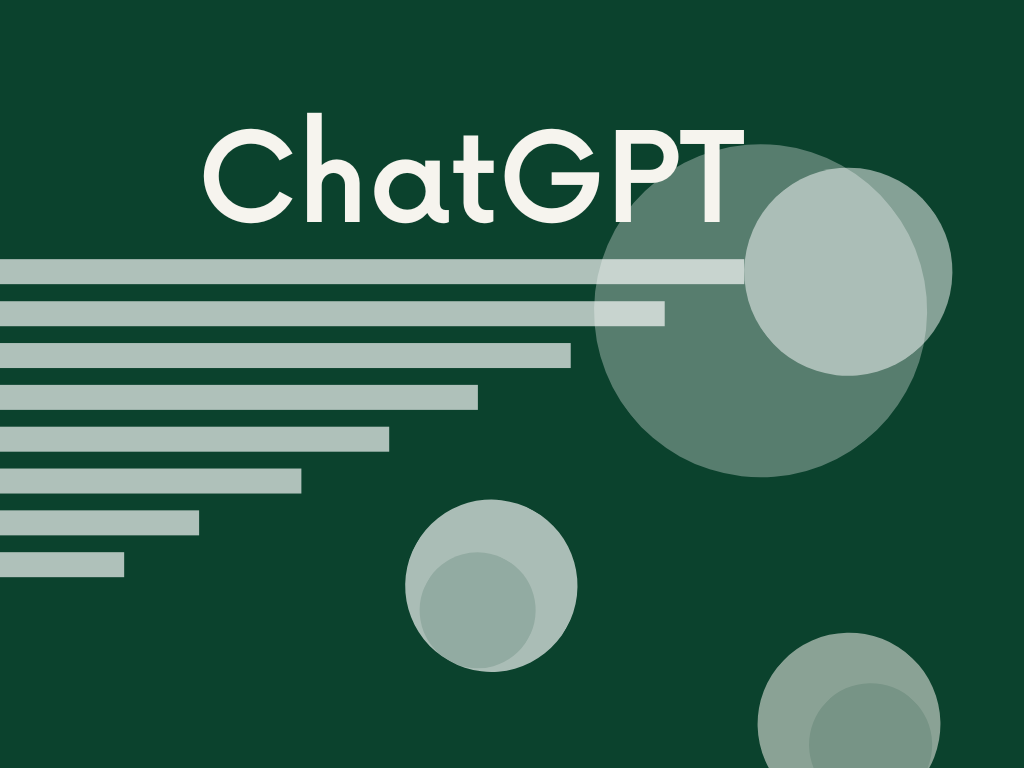What is ChatGPT
ChatGPT is a variant of the GPT (Generative Pre-trained Transformer) language model that is specifically designed for use in chatbot applications. It was developed by OpenAI, a research laboratory based in San Francisco, California.
Like other GPT models, ChatGPT is trained on a large dataset of human-generated text and is able to generate human-like responses to prompts given to it. However, ChatGPT has been fine-tuned for use in chatbot applications and is able to generate responses that are more appropriate for conversation. This makes it well-suited for use in chatbots that are designed to have natural conversations with users.
In addition to generating responses, ChatGPT can also be used for tasks such as language translation, summarization, and text generation. It is a powerful tool for natural language processing and has the potential to revolutionize the way we interact with computers and other devices.
What can ChatGPT do
ChatGPT is a powerful language model that can be used for a variety of natural language processing tasks. It is particularly well-suited for use in chatbot applications, as it is able to generate responses that are appropriate for conversation. Some of the things that ChatGPT can do include:
- Generating responses to prompts: ChatGPT can be given a prompt and will generate a response that is appropriate for the given context.
- Language translation: ChatGPT can be used to translate text from one language to another.
- Text summarization: ChatGPT can be used to summarize long pieces of text into shorter, more concise summaries.
- Text generation: ChatGPT can be used to generate original text on a given topic.
- Natural language processing: ChatGPT can be used to understand and interpret human language, allowing it to perform tasks such as answering questions or providing information.
- Sentiment analysis: ChatGPT can be used to analyze the sentiment of text, determining whether it is positive, negative, or neutral. This can be useful for understanding the overall sentiment of a piece of text or for identifying the sentiment of specific phrases or words.
- Named entity recognition: ChatGPT can be used to identify and classify named entities (such as people, organizations, and locations) in text. This can be useful for extracting important information from text or for categorizing text based on the types of entities it mentions.
- Part-of-speech tagging: ChatGPT can be used to identify the part of speech of each word in a sentence, helping to understand the structure and meaning of the sentence.
- Document classification: ChatGPT can be used to classify documents into predefined categories based on their content. This can be useful for organizing and categorizing large collections of documents.
- Chatbot development: ChatGPT can be used as the underlying language processing technology for chatbots, allowing them to have natural, human-like conversations with users.
Overall, ChatGPT is a powerful tool for natural language processing and has the potential to revolutionize the way we interact with computers and other devices.
Why You Should Use ChatGPT
- Human-like responses: ChatGPT is able to generate responses that are appropriate for conversation and sound natural to humans. This can make chatbots or other applications that use ChatGPT more pleasant and engaging to interact with.
- Versatility: ChatGPT can be used for a wide range of natural language processing tasks, including generating responses to prompts, translating text, summarizing text, and generating original text. This versatility makes it a powerful tool for a variety of applications.
- Efficiency: Using a language model like ChatGPT can be more efficient than developing your own natural language processing algorithms from scratch. Language models like ChatGPT have already been trained on large datasets and are able to perform a variety of tasks without the need for additional training.
- Accuracy: ChatGPT has been trained on a large dataset of human-generated text, which allows it to generate responses that are accurate and appropriate for the given context.
- Improved user experience: ChatGPT is able to generate responses that are more appropriate for conversation and sound more natural to humans. This can improve the user experience of chatbots and other applications that use ChatGPT, making them more enjoyable and easy to use.
- Increased speed and efficiency: Using a language model like ChatGPT can significantly speed up the development process, as you don't need to build your own natural language processing algorithms from scratch. This can save you time and resources, allowing you to focus on other aspects of your application or project.
- Better performance: Language models like ChatGPT have been trained on large datasets and are able to perform a variety of tasks with high accuracy. This can improve the overall performance of your application or project, making it more effective and reliable.
- Customization: ChatGPT can be fine-tuned and customized to meet the specific needs of your application or project. This allows you to tailor the model to your specific use case, making it more effective and efficient.









